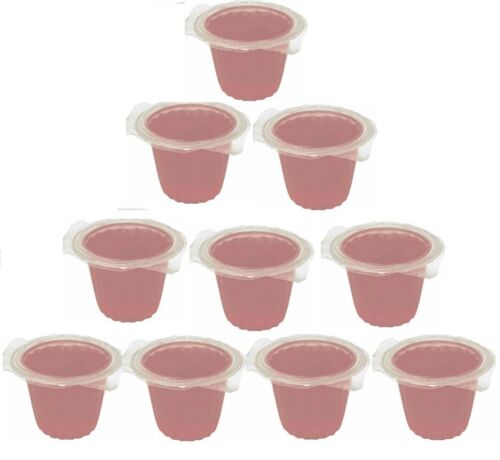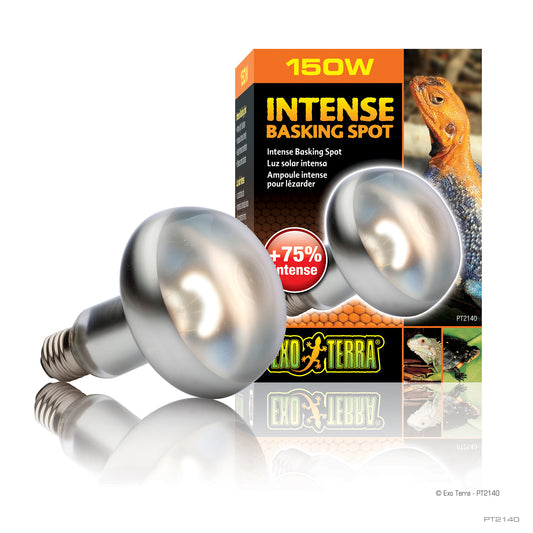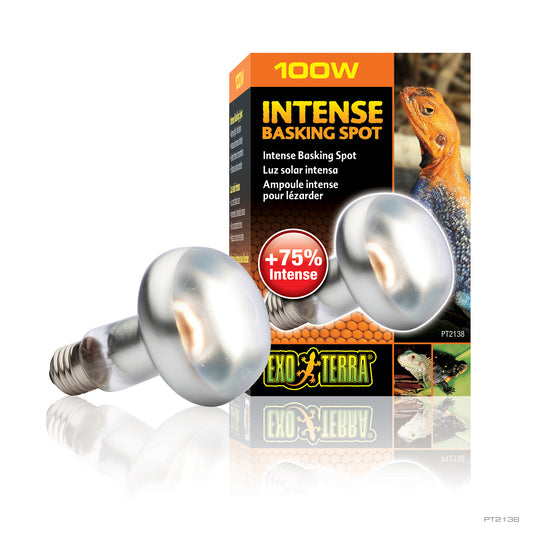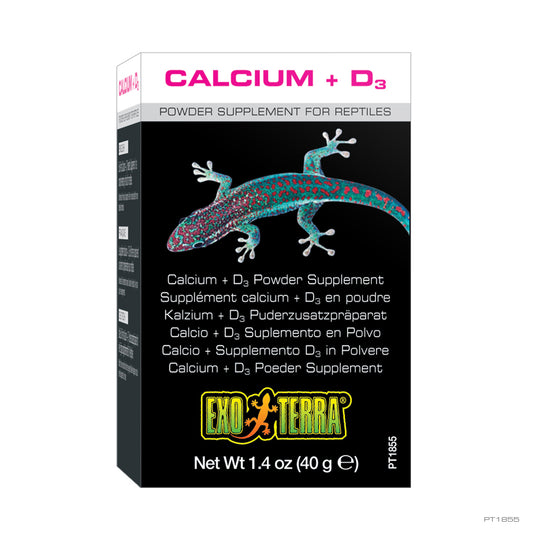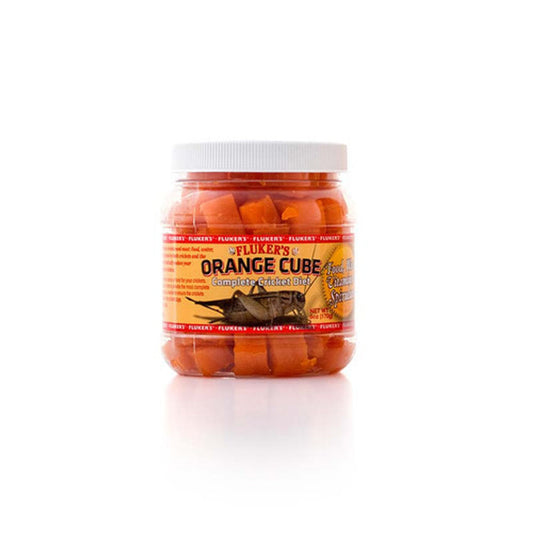
Corn snakes, scientifically known as Pantherophis guttatus, are captivating serpents cherished by reptile enthusiasts for their striking appearance and gentle demeanor. With their fascinating characteristics and relatively easy care requirements, corn snakes have become a popular choice among snake keepers. In this article, we delve into the various aspects of corn snakes, from their natural habitat to their unique care needs as captivating pets.
General Description: Corn snakes exhibit a wide range of colors and patterns, making them one of the most visually diverse snake species. They typically have a base color of orange, brown, or gray, adorned with distinctive blotches or stripes running along their bodies. This variation in coloration and pattern is one of the hallmarks of corn snakes.
Life Span: When provided with proper care and a suitable environment, corn snakes can live for around 15 to 20 years in captivity, making them a long-term commitment for snake enthusiasts.
Natural Habitat: Corn snakes are indigenous to North America and are primarily found in the southeastern United States. They inhabit a variety of environments, including forests, grasslands, and farmland, where they thrive on a diet of small mammals and birds.

Average Size: Fully grown corn snakes typically measure between 3 to 5 feet (0.9 to 1.5 meters) in length, although some individuals can exceed these measurements.
Enclosure Size: A suitable enclosure for a corn snake should provide ample space for movement. A 20-gallon tank is recommended for young snakes, while adult corn snakes require at least a 40-gallon tank. Providing hiding spots and climbing branches enriches their habitat.
Temperature and Humidity Requirements: Corn snakes are ectothermic, meaning they rely on external heat sources to regulate their body temperature. Provide a temperature gradient within the enclosure, with a warm side ranging between 85°F to 90°F (29°C to 32°C) and a cooler side around 75°F to 80°F (24°C to 27°C). Humidity levels should be maintained at around 40% to 50%, with occasional increases during shedding.
Substrate and Bedding: Appropriate substrate options for corn snakes include aspen shavings, cypress mulch, or paper-based bedding. These materials help maintain hygiene and offer a comfortable surface for the snake.
Toxic Substances: It's crucial to avoid exposing corn snakes to toxic substances, including:
- Cedar and pine substrates: These woods release harmful aromatic compounds that can adversely affect a snake's respiratory health.
- Pesticides and cleaning chemicals: These can lead to serious health issues if the snake comes into contact with them.
- Feeder insects collected from the wild: Wild insects may carry parasites or toxins that can harm the snake.
-
Also avoid essential oils or aerosol sprays/household cleaners containing chemicals and harsh scents. Candles and scented candles or wax melts should be avoided.
-
Avoid exposure to sunlight, drafts, and Teflon or non-stick cookware and appliances. Only clean cages with water and vinegar or mild dish soap.”

Fun Facts:
- Corn snakes are named after the pattern on their belly scales, which resembles the speckled appearance of maize (corn).
- They are known for their mild temperament and are often chosen as beginner-friendly snake species.
- Corn snakes are adept climbers and may be observed scaling branches and other vertical surfaces.
- The striking red and orange color morph of the corn snake is referred to as the "Miami phase."
Corn snakes offer a fascinating glimpse into the world of reptiles, captivating enthusiasts with their diversity in appearance and docile nature. By providing appropriate housing, temperature, and substrate, snake keepers can ensure these serpents live long, healthy lives, contributing to the ever-growing allure of these incredible creatures.


